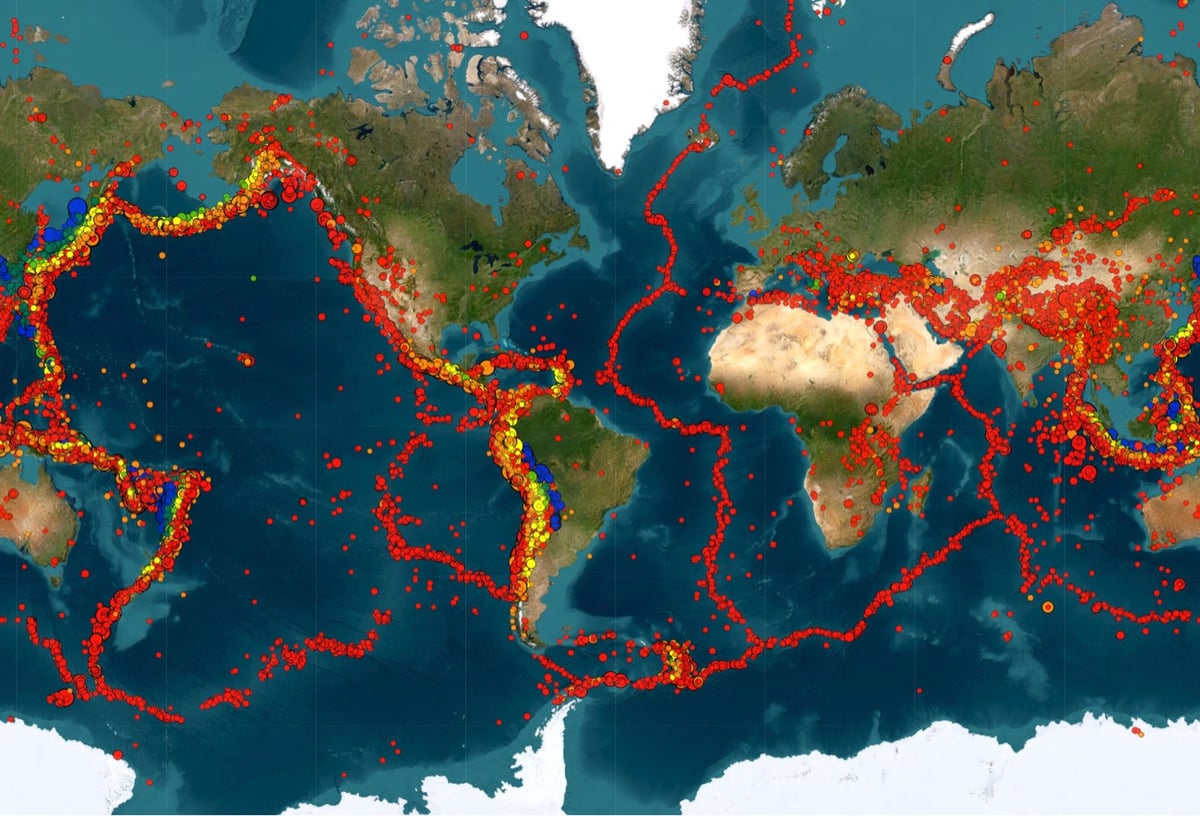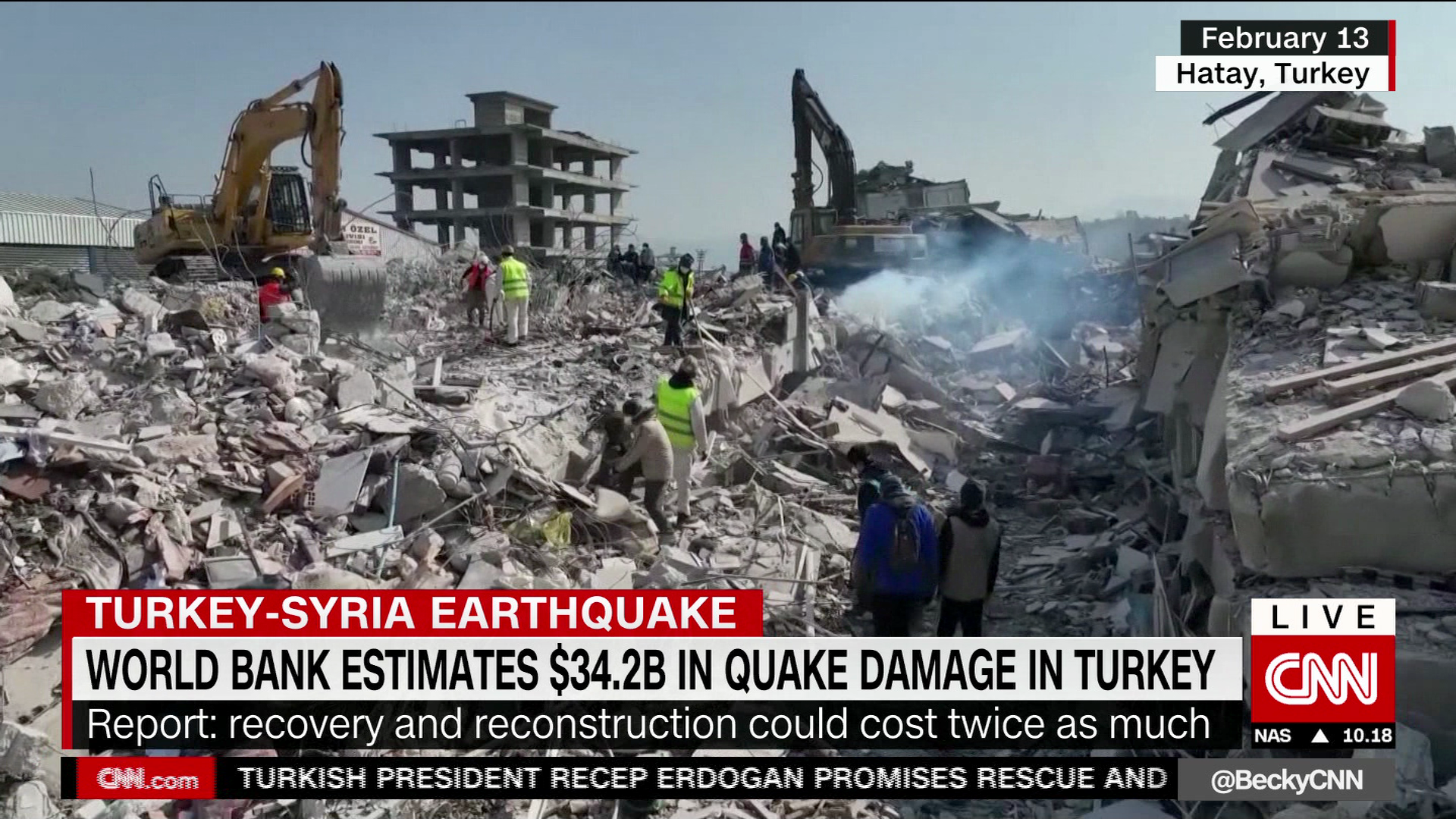In recent months, the Earth has reminded humanity of its unyielding power. Beneath our cities, oceans, and mountains, the planet continues to move — slowly but relentlessly — shaping continents and rewriting lives in seconds. From Asia to Europe, the ground has shaken with unusual frequency and strength, signaling a time of heightened global seismic activity.
The Philippines: Tremor of
Tragedy and Resilience
On September 30, 2025, a devastating magnitude 6.9
earthquake struck near Cebu, Philippines, sending shockwaves across the
Visayas region. Buildings crumbled, roads split, and lives were lost in an
instant. The quake’s shallow depth made it particularly destructive, with
aftershocks rattling the region for days. Hospitals overflowed, power lines
snapped, and thousands sought shelter under makeshift tents.
Yet amid the destruction, stories of heroism emerged —
neighbors rescuing trapped families, volunteers providing food and water, and
communities standing together in grief and hope. Scientists warn that the
region lies within the Pacific Ring of Fire, where tectonic plates
constantly collide, storing immense geological tension that can release at any
moment.
Across Borders: The
Earth’s Restless Pulse
Image from: https://edition.cnn.com/2025/04/23/europe/istanbul-turkey-earthquake-intl/index.html
The Philippines was not alone. In Turkey, a magnitude
5.0 quake near Istanbul caused widespread panic just days later, though
mercifully no major damage occurred. Earlier in the year, Myanmar was
rocked by a 7.7-magnitude tremor — one of the strongest in Southeast
Asia’s recent history — damaging homes, temples, and infrastructure.
Meanwhile, Afghanistan faced one of its deadliest
disasters of 2025 when a 6.0-magnitude quake flattened villages in the
mountainous north, killing over 800 and injuring thousands. With limited access
to aid and crumbling roads, entire communities were left isolated, illustrating
how geography and poverty can turn a natural event into a humanitarian crisis.
🌋 Silent Warnings Beneath
Our Feet
Even in regions spared from destruction, nature whispers
caution. The United States Geological Survey (USGS) has detected swarms
of small earthquakes under Mount Rainier in Washington — not enough to
cause harm, but enough to remind scientists that pressure is building beneath
the surface.
Across the Pacific Rim, seismologists are also
studying “supershear” earthquakes, where ruptures travel faster than
seismic waves themselves — creating more violent shaking and less time for
warning. Experts warn that such quakes, particularly along California’s San
Andreas Fault, could redefine what “the Big One” means for the 21st
century.
🌐 The Science of a
Shifting World
Today, we detect more earthquakes than ever before — not
because the planet is more violent, but because our instruments have become
more precise. Satellites, seismometers, and AI-based models are now mapping
Earth’s heartbeat in near real time. However, prediction remains elusive; while
scientists can forecast where earthquakes are likely, they still cannot
say when.
The data tells us one truth: tectonic tension is constant,
and civilization has expanded into some of the most seismically active regions
on Earth. The clash between human progress and natural forces is inevitable —
but preparation can soften the blow.
💡 Living with the
Unpredictable
Earthquakes cannot be stopped, but their consequences can be
reduced. Reinforced structures, emergency drills, early-warning systems, and
community awareness save lives. In Japan and Chile, these measures have turned
what could be tragedies into survivable events.
For nations like the Philippines, Afghanistan, and Myanmar —
where infrastructure is fragile — the challenge is not just scientific but
social: to build resilience that outlasts the shaking ground.
🌏 A Moving Planet, A
Resilient Humanity
As 2025 unfolds, seismic waves continue to ripple through
Earth’s crust — invisible to most, but always there. Every tremor, every
aftershock, is a reminder of both our fragility and our strength. The ground
may move beneath us, but the human spirit continues to rise, to rebuild, and to
hope.







0 Comments